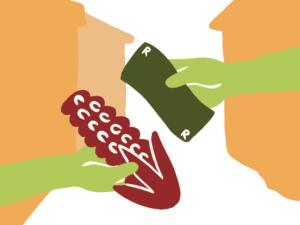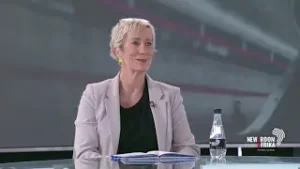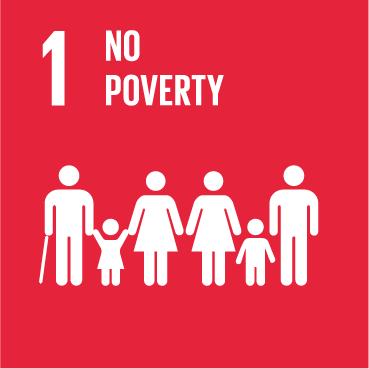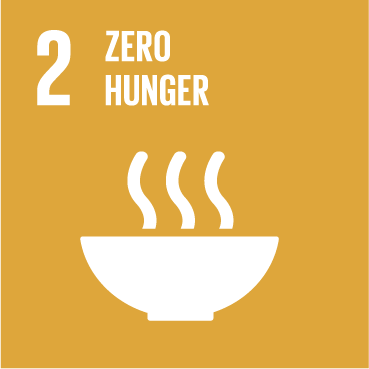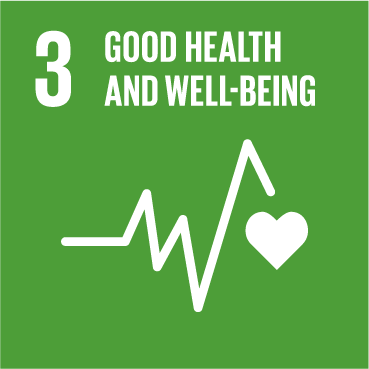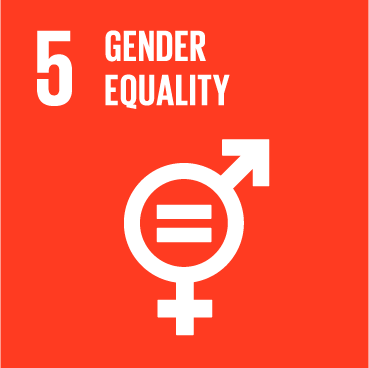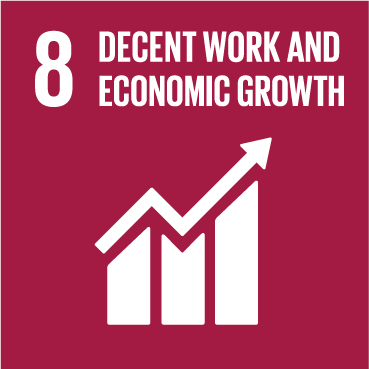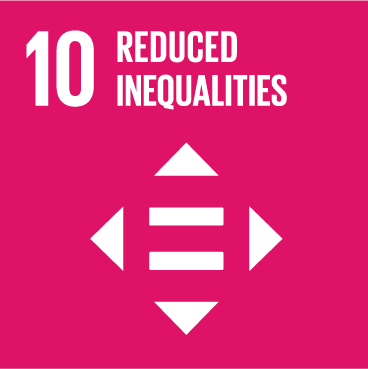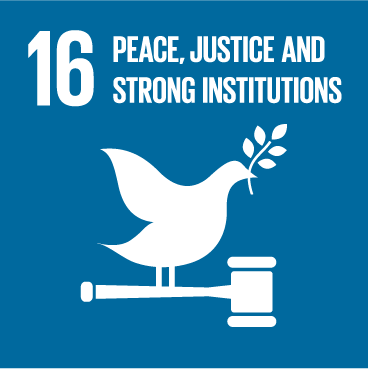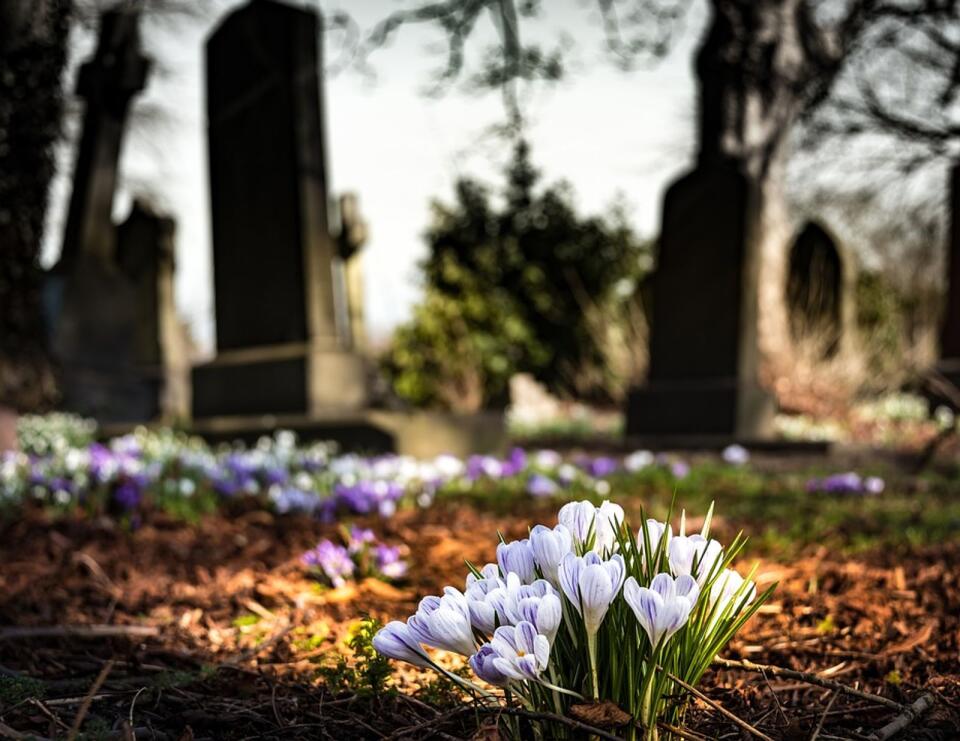 Picture: Drippycat/Pixabay – The third largest underlying cause of death for children aged one to four years in South Africa is malnutrition, and amongst youth aged 15 to 24 years, TB and HIV were the two leading causes of natural deaths, the writer says.
Picture: Drippycat/Pixabay – The third largest underlying cause of death for children aged one to four years in South Africa is malnutrition, and amongst youth aged 15 to 24 years, TB and HIV were the two leading causes of natural deaths, the writer says.
There is a tragedy inherent in the fact that despite the guaranteed rights to life and equality in the Constitution, the realm in which inequality ultimately determines life, is in death. The ways of dying in South Africa reflect such difference it is as if South Africa is one state made up of varied parts.
How can we explain such differences?
I was struck this year by the number of times death plagued two young people I have come to know.
Various plans we had made throughout the year had to be postponed because of unanticipated deaths that happened with an exhausting randomness that seemed to create a real burden for the living.
So we had a conversation about matters of life and death.
The young woman said that when she was younger, she asked her mom if white people ever die, because she had never heard any talk about white people dying or having to attend funerals. Her own first experience with death was when she was about eight or nine years old. A 16-year-old young man who sang in the same church choir in her village died.
He had a headache, but at the clinic his parents were told that he was fine, and he was given Panado, and sent home. Tragically, he died the same day. Many people agreed that his death must have been caused by witchcraft, because the nurses had said that there was nothing wrong with him. Critical causes of death the young woman said were ‘witchcraft, ignorance and suicide’.
The young man had been deeply traumatised by the death of his cousin earlier this year. I asked about his cousin’s death. His cousin had been an orphan. He was drifting between the rural areas and the city, until one day he just suddenly disappeared. His phone was off, and no-one knew how to find him, until a few weeks ago when my young friend was summoned to a rural police station.
There his cousin’s remains were – ‘bones, shoes and dried blood and a piece of wire’. The story remains vague to this day, but involved the cousin hitching a lift, jumping out of a car, stumbling to the nearest police station in the middle of the night for assistance where instead he was locked up for the night, and then apparently forgotten, until some weeks later news travelled back to my young friend, who was told that his cousin had hanged himself in the police cell with a piece of wire that was somehow in the cell.
Random events lead to a sense of fatalism. And in our invocation to make sense of the senseless, to explain the mystery of death in the terrifying absence of logic, we appeal to religion, superstition or witchcraft.
But there are other factors at play too, that should appear as equally illogical for life and death in an upper middle -income country such as South Africa.
The fact, for instance, that the third largest underlying cause of death for children aged one to four years in South Africa is malnutrition. Or the fact that amongst youth aged 15 to 24 years, TB and HIV were the two leading causes of natural deaths. Both are treatable, and as socio-economic diseases, neither should be leading causes of death in South Africa, but they are.
Perhaps equally staggering is the fact that 48 percent of the causes of death amongst this age group were caused by non-natural causes. Murder, accidents and suicide should also not be killing our youth.
Statistically, non- natural causes of death kill unequally according to race too. 12.8 percent of black Africans die from non- natural causes, followed by 11.2 percent of Coloured people, 8.5 percent of Indian people and 7.5 percent of white people. Life expectancy is also determined by race and gender and poverty.
A 2021 paper Changing Inequalities in Health-Adjusted Life Expectancy by Income and Race in South Africa unpacks these inequalities using (pre-Covid) data from 2016. Life expectancy is very different for men and women in South Africa. For women, life expectancy is 68.5 years, while for men it is much lower at 62.5 years.
Exploring difference according to race, life expectancy for non-Black people was 72.7 years, while for Black South Africans, this was 62.2 years. A whole decade.
The impact of HIV on life expectancy has been profound, and so has access to anti-retroviral treatment. Absent access to ART, and the life expectancy numbers would be gravely different. The authors speak of HIV as being ‘a disease of poverty’. And this is a critical link for future policy reflections as the authors’ conclusion shows that while racial differences in life expectancy over time is in fact falling, life expectancy difference between poor and non-poor is increasing.
In 2001, life expectancy for people in the poorest income quintile in South Africa was 57.6 years. By 2016 this had increased to 59.9 years. However, for people in the richest income decile, life expectancy increased from 62.9 years in 2001 to a staggering 73.4 years in 2016 which is even higher than global life expectancy of 72.6 years.
When she was 13, the young woman I spoke to was badly burned in a fire that a farmer started to move people off his land. Ten children died, including her eleven-year-old sister. She was the only survivor, and has bravely undergone multiple surgeries to graft bones and skin. Daily she overcomes obstacles with courage and fierce determination.
Her greatest dream is to earn enough money so that one day she will be able to bury her parents from a brick house and not a shack, because that is what they deserve.
If not witchcraft, by what other name would the ongoing causes of these differences in dying go?

